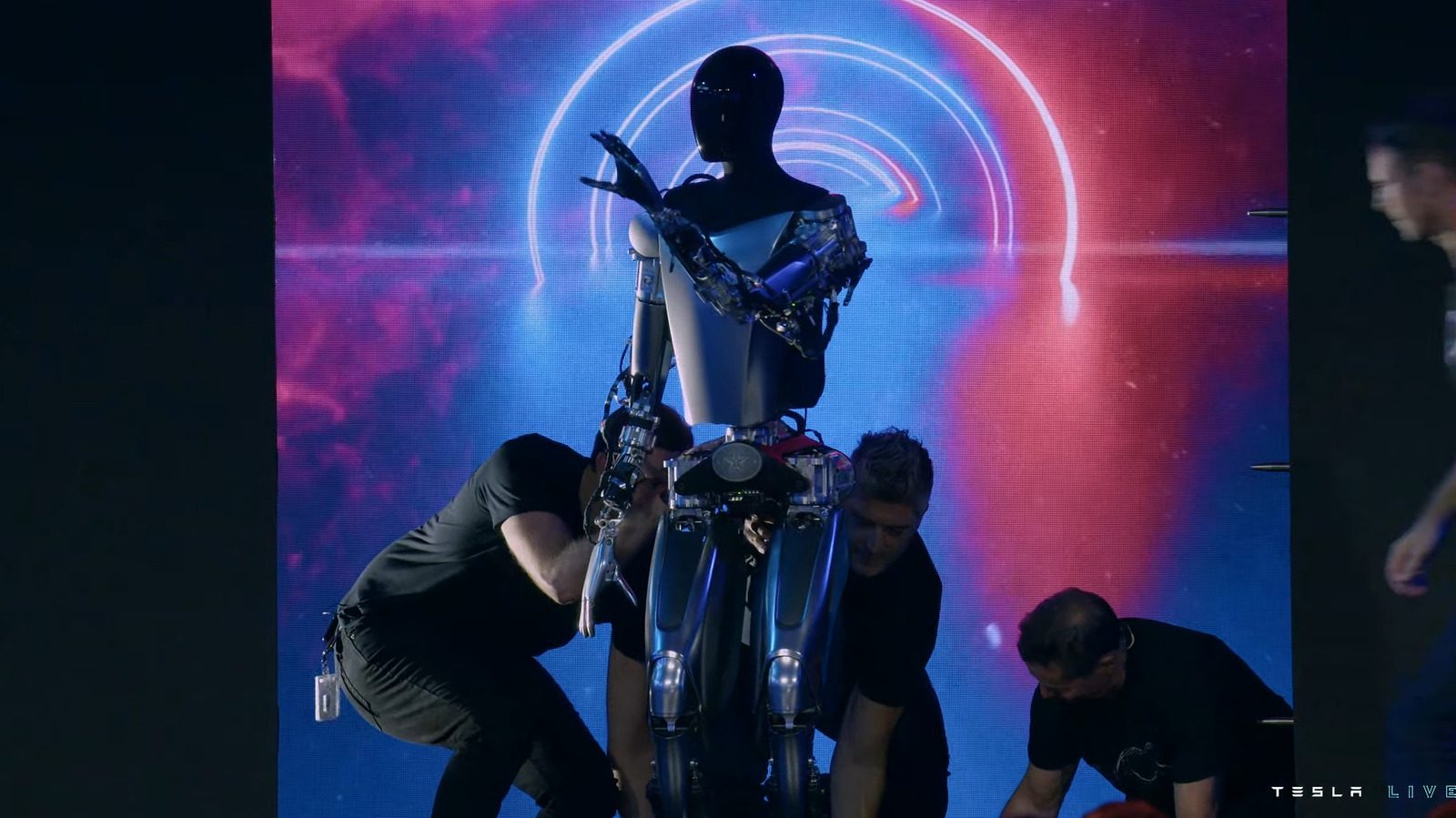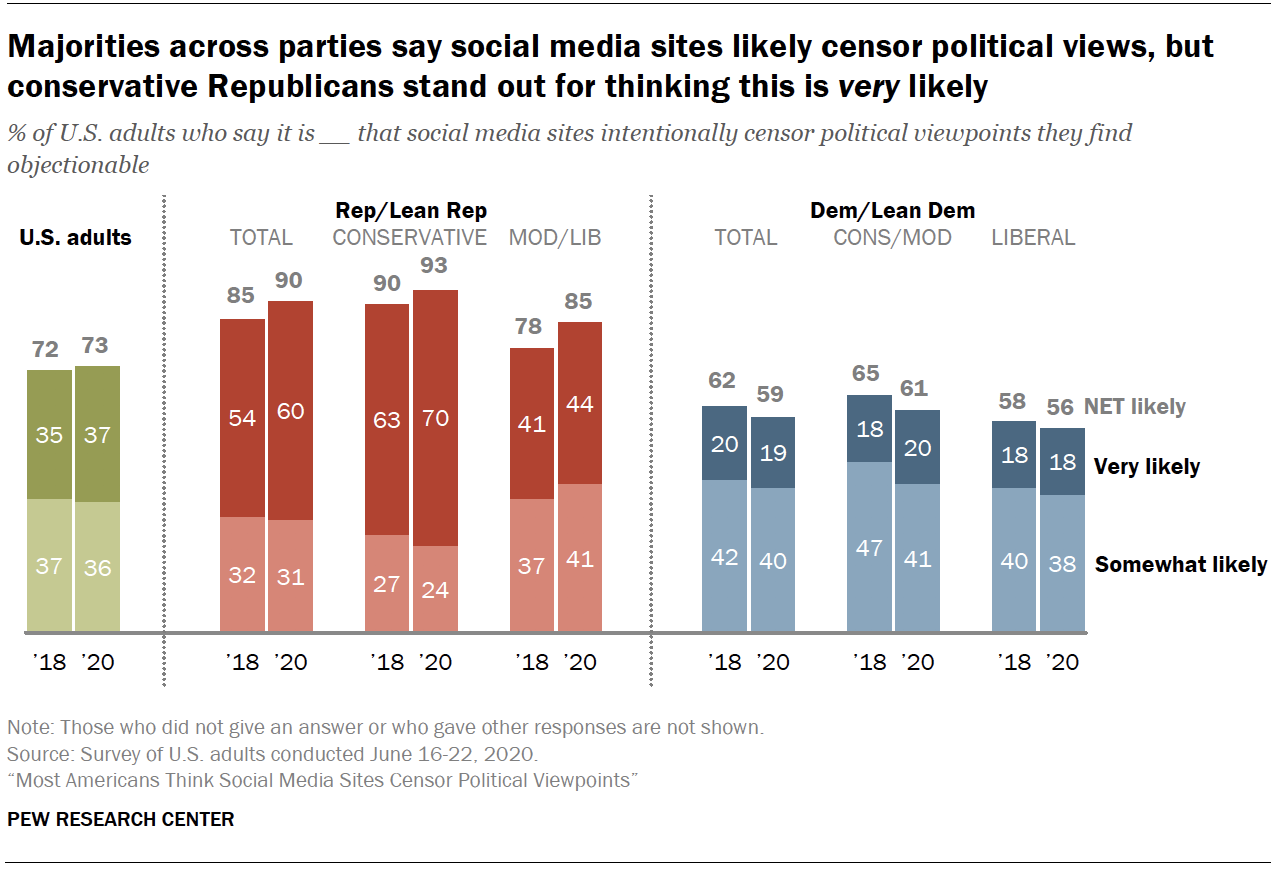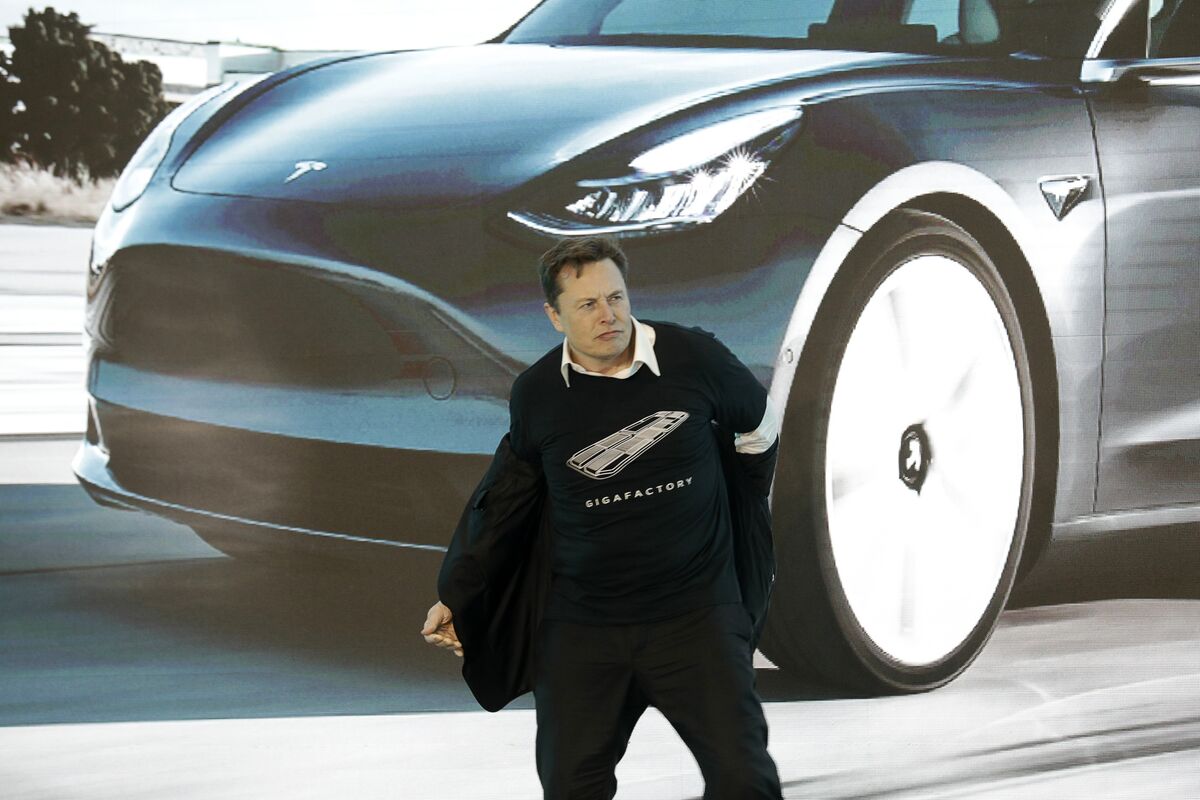Optimus Robot Development: Tesla Navigates Challenges From China's Rare Earth Policies

Table of Contents
China's Dominance in Rare Earth Minerals and its Geopolitical Implications
China controls a staggering majority of the global rare earth mining and processing industry. This near-monopoly exerts considerable influence over global supply chains, especially for technology sectors like robotics that heavily rely on these materials. This dominance carries significant geopolitical implications, creating vulnerabilities for companies like Tesla.
- China controls over 60% of global rare earth production. This concentration of power allows China to influence pricing and availability.
- Neodymium and dysprosium, crucial for powerful, lightweight magnets essential in Optimus's motors and actuators, are among the rare earths dominated by China.
- Past instances of China restricting rare earth exports have demonstrated the potential for significant disruption to global industries. These actions highlight the vulnerability of companies reliant on Chinese sources.
The potential for trade wars and escalating political tensions adds another layer of complexity. Any disruption to the supply of rare earths could severely impact Optimus robot production and potentially give China significant leverage in technological negotiations.
The Impact on Optimus Robot Production Costs and Scalability
Tesla's reliance on Chinese rare earths directly impacts the manufacturing cost of Optimus robots. Fluctuating prices due to geopolitical instability introduce significant uncertainty into production planning. Scaling production becomes incredibly challenging when dependent on a single, dominant supplier.
- Price volatility: Geopolitical instability and shifts in Chinese export policies can lead to unpredictable price swings, impacting profitability.
- Logistical complexities and increased transportation costs: Sourcing from a single major supplier increases transportation distances and associated costs.
- Supply chain disruptions: Even minor disruptions in the Chinese rare earth supply chain could severely delay Optimus robot production, impacting Tesla's timelines and market entry.
Alternative sourcing strategies, including exploring mines in Australia, the US, and other nations, are being investigated, but these options face challenges in terms of production scale and processing capabilities. Diversification remains a critical long-term goal.
Tesla's Strategies to Mitigate Rare Earth Dependence in Optimus Robot Development
Tesla is likely pursuing a multi-pronged strategy to mitigate its reliance on Chinese rare earths. These strategies may include:
- Investing in R&D for alternative materials: Researching and developing alternative materials that can replace rare earths in Optimus robot components is crucial for long-term independence.
- Strategic partnerships: Collaborating with companies in other countries that possess rare earth resources or processing capabilities can diversify the supply chain.
- Lobbying for supportive policies: Advocating for policies that support domestic rare earth mining and processing in the US and other regions can bolster supply chain resilience.
The effectiveness and feasibility of these strategies will depend on factors such as technological breakthroughs, political will, and the willingness of other nations to invest in rare earth production and processing.
The Future of Optimus Robot Development and Global Rare Earth Politics
China's dominance of the rare earth market casts a long shadow over the future of robotics and automation. Tesla's experience will likely influence how other companies developing similar technologies approach their supply chains.
- Technological breakthroughs: Innovation might lead to new materials or designs reducing or eliminating the need for certain rare earths.
- International cooperation: Collaborative efforts between nations to secure a stable and reliable supply of rare earths are essential to avoid future disruptions.
- Global competition: The geopolitical implications of rare earth dependence will likely shape global competition in the robotics industry.
Governments and businesses must prioritize diversification and strategic planning to mitigate the geopolitical risks associated with rare earth supply chains. This requires long-term vision, investment in research and development, and a commitment to international cooperation.
Conclusion
Tesla's Optimus robot development faces considerable challenges due to China's control over rare earth minerals. Secure and diverse supply chains are essential for the successful development and deployment of this transformative technology. Continued research into alternative materials, diversified sourcing, and international collaboration are crucial to ensuring the future of Optimus and the broader robotics industry. We need ongoing discussion and research to address the challenges facing Optimus robot development and the larger issue of global rare earth dependence. Stay informed about developments in Optimus robot development and global rare earth politics – the future of Optimus robot development, and indeed the future of advanced robotics, hinges on successfully navigating this complex landscape.

Featured Posts
-
 Should You Vote Liberal A Critical Analysis Of Their Platform
Apr 24, 2025
Should You Vote Liberal A Critical Analysis Of Their Platform
Apr 24, 2025 -
 Bitcoin Btc Price Surge Trumps Trade Moves And Fed Policy Impact
Apr 24, 2025
Bitcoin Btc Price Surge Trumps Trade Moves And Fed Policy Impact
Apr 24, 2025 -
 Us Stock Futures Jump On Trumps Reassurance Regarding Powell
Apr 24, 2025
Us Stock Futures Jump On Trumps Reassurance Regarding Powell
Apr 24, 2025 -
 Trump Says He Wont Fire Powell Fed Chairs Job Secure
Apr 24, 2025
Trump Says He Wont Fire Powell Fed Chairs Job Secure
Apr 24, 2025 -
 Chinas Rare Earth Crackdown Stalls Teslas Optimus Humanoid Robot Project
Apr 24, 2025
Chinas Rare Earth Crackdown Stalls Teslas Optimus Humanoid Robot Project
Apr 24, 2025
